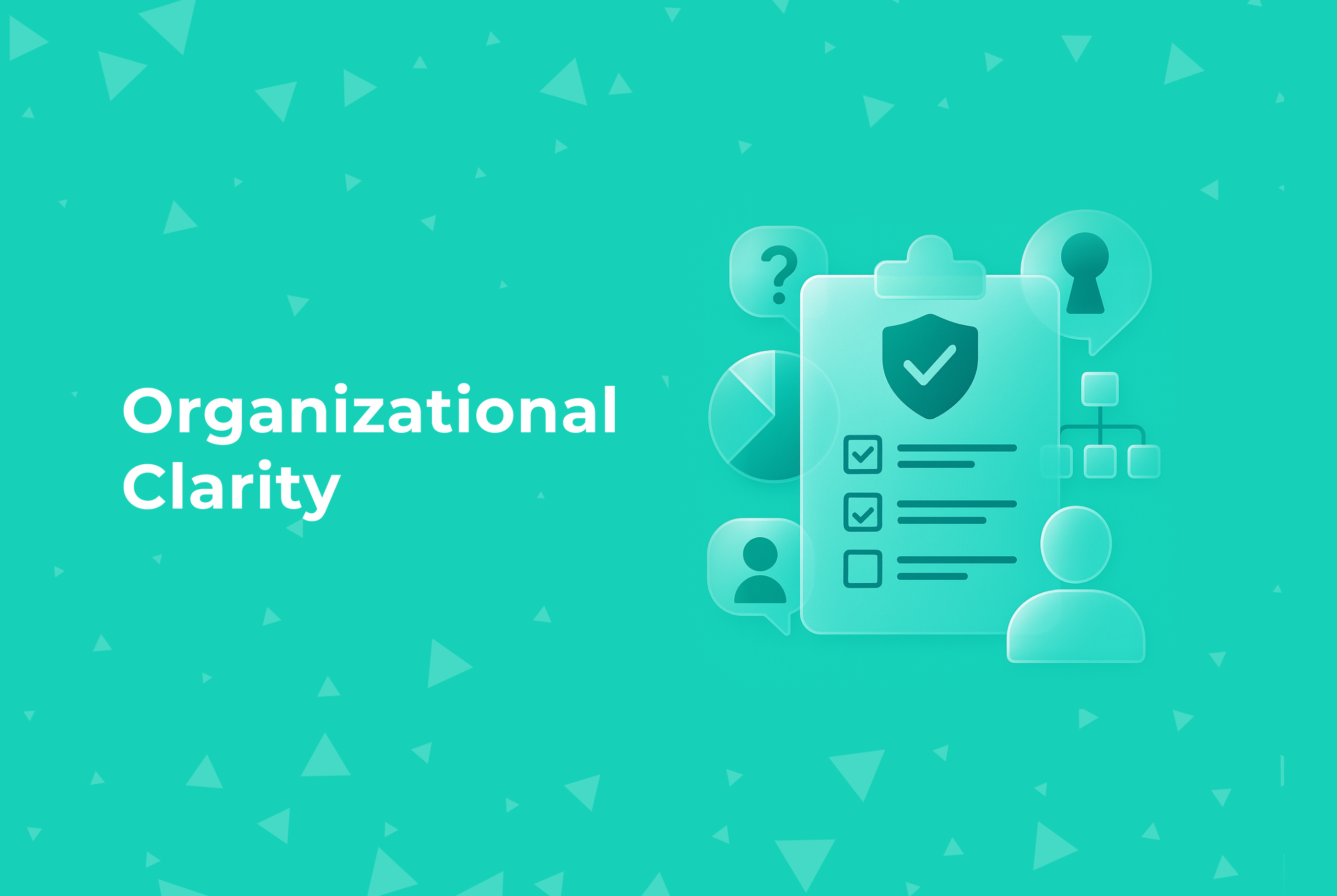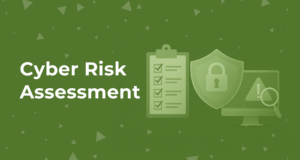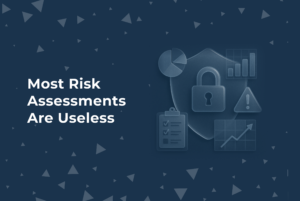When people talk about risk assessments, they usually jump straight to findings—vulnerabilities, exposure, misconfigurations. And sure, those things matter. But that’s not the part I keep coming back to.
What really sticks—the thing I’ve seen help teams the most—is actually clarity.
Not just about the tech. About the whole system.
How it’s built, where it’s fragile, and who needs to care.
Because risk isn’t just a security problem. It’s a communication problem. And a good assessment starts solving that.
Security, Engineering, Execs—Everyone Thinks in a Different Language
Security teams think in terms of threat vectors.
Engineers think in terms of architecture and delivery.
Execs are looking at business impact.
Compliance folks just want to know we’re covered.
The trouble is, most orgs treat those conversations like parallel threads—so the signal gets lost. Everyone’s solving a different version of the problem, and no one’s quite aligned.
A proper risk assessment can fix that. It creates a shared language. It surfaces the underlying assumptions. And it lets everyone reason about risk on the same map.
Risk Maps Are Like System Diagrams—for People
Think of it this way: your infrastructure has diagrams. Your product has a roadmap. But what about your risk?
If it’s not mapped somewhere that multiple teams can understand and act on, it becomes tribal knowledge.
And tribal knowledge doesn’t scale. It disappears when people leave.
When you build a risk map, you’re not just doing it for security. You’re building a memory system for the org—something new engineers can onboard into. Something execs can use to make tradeoffs. Something product can use to figure out how far they can push before they break something.
Better Decisions Come From Shared Context
Once you’ve got that shared understanding, something interesting happens.
- Engineers ask smarter questions about access control.
- Product leads start flagging risk tradeoffs earlier.
- Security isn’t fighting for attention—it’s part of the decision-making loop.
It’s not that the system suddenly becomes perfect. It’s that everyone’s finally operating from the same map. And that leads to better choices, faster.
You Don’t Need More Tools—You Need Clarity
A lot of teams try to solve this with more dashboards. But most of the time, you don’t need more metrics. You need shared understanding.
Clarity is what turns risk from a security issue into an org-wide capability.
It lets you make forward-looking decisions instead of reactive ones.
It gives you continuity across staff changes.
And it gives you the confidence to move fast—because you’re not guessing where the edges are.
One Worthwhile Question
Here’s something simple I like to ask teams:
“What’s one risk we all know exists, but haven’t really talked about across functions?”
It usually surfaces something useful.
Because more often than not, the blockers aren’t technical. They’re organizational. And once you have the language to talk about them, you can start solving them together.
That’s the part of a risk assessment that tends to get overlooked.
And it’s probably the most valuable thing it gives you.
Need help building that kind of clarity into your risk model? That’s what we help with at RemoteMore. But whether you do it with us or not, the important part is this:
Make your risk model something people can use to think better—not just another artifact to file away.
That’s when security starts becoming a force multiplier—not a cost center.






